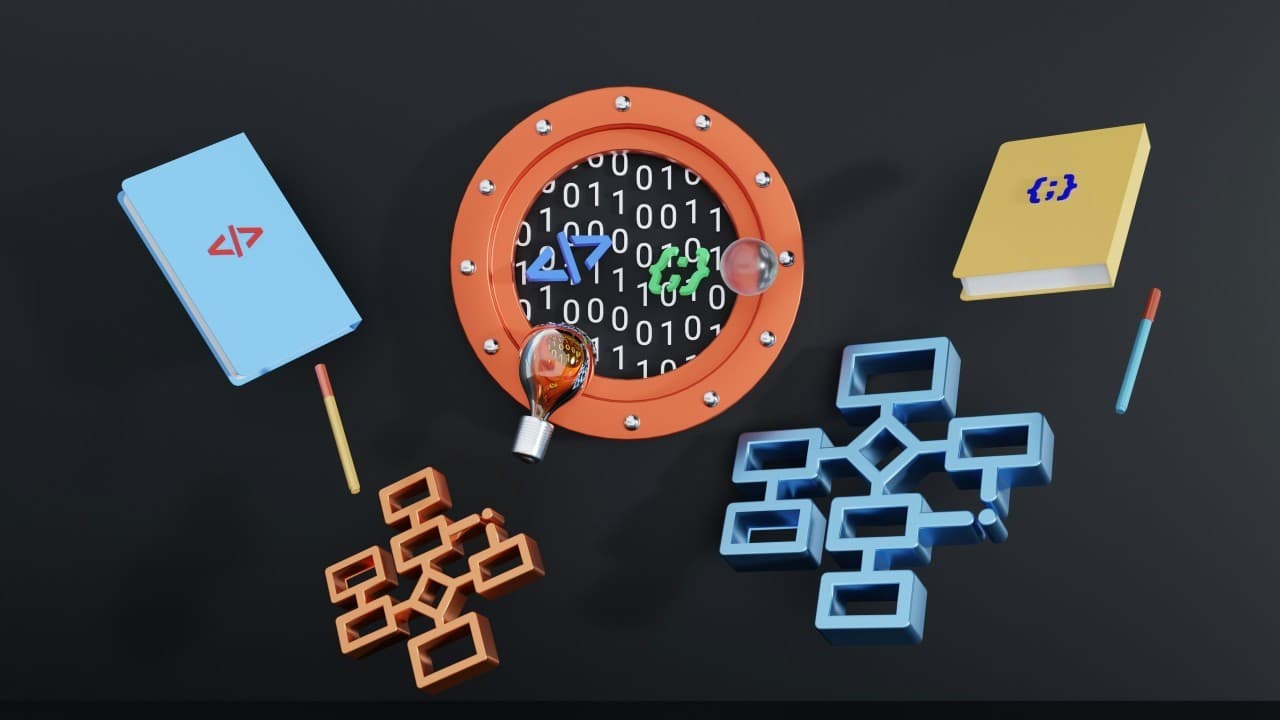
After 18+ years of building, shipping, and evangelizing software at Microsoft and now as the founder of NedLabs, I have learned that enterprise GTM is not just about running an efficient campaign calendar but about applying first principles and system thinking.
The startups winning enterprises are re-architecting GTM to turn market complexity into a competitive advantage.
The Enterprise Reality Check
B2B buyers now spend most of their research independently. Gartner finds only ~17% of total purchase time is spent with vendors, which, across multiple suppliers, can mean ~5–6% per seller.
Buying groups are also larger and more complicated: six to ten stakeholders usually make a complex decision, each bringing their own information to be reconciled.
Your job is not just persuasion; it’s orchestration—helping a committee reach consensus.
Enterprise customers don’t buy features; they buy comprehensive solutions. They expect security and compliance to be built-in, seamless integration with their existing stack, and partners who can make the program work in real-world scenarios, not just in a demo with flashy UI.
If your target customer has these traits below, you need a GTM engine built for committees, proof, and programmatic adoption.
Five key enterprise traits:
- Large-scale and stable volumes
- Complex workflows spanning departments
- Deep integration with existing tooling
- Strong governance and audit needs
- Change sensitivity (business processes can’t break)
The Partnership Imperative (Your Force Multiplier)
Ecosystems aren’t side channels; they are the growth levers. Partners provide market intelligence (inside the vertical blockers), credibility (rooms you won’t reach alone), and capacity (change management + rollout).
Even large incumbents are shifting their focus toward partner-led growth; for example, IBM has publicly targeted ~50% of revenue via ecosystem partners. Design products/packaging so partners look brilliant: publish reference architectures with platforms your customers already use and co-sell where your buyer lives.
Field Marketing & Demand: From Spray-and-Pray to Surgical
Modern enterprise journeys are long and busy—~62 touches across 3+ channels before closing. Every touch should advance a buying job, not add noise.
What works now:
- Vertical workshops (15–20 leaders): benchmarks, math, peer learning.
- Executive briefings (hybrid): digital start → remote depth → focused in-person working session.
- Job-mapped content: each asset serves one job
- Problem identification - Landscape brief, One Pager
- Solution Exploration - 10-minute demo + trial plan
- Requirements - architecture diagrams, reference architecture
- Supplier selection - Security dossier + References
- Validation - Pilot plan with success criteria
- Consensus creation - Short ROI / Risk memo
- Account-based programs for named accounts: exec alignment, security deep dives, “pilot flight plan.”
ABM shines when ACVs are meaningful and committees are large.
Positioning, Messaging, Narrative: The Clarity Triad
- Positioning: where you sit and the outcome you own (one sentence).
- Messaging: 3–5 claim-and-proof lines you repeat everywhere.
- Narrative: the arc (e.g., recovery → prevention). The best narratives honor today’s constraints and show a low-friction path to a better system.
Can your deck be summarized as 3 claims + 3 proofs? Cut until yes.
Segmentation That Predicts Time-to-Value
Company size doesn’t predict rollout speed. Segment GTM by adoption readiness:
- Vertical — where pain is sharpest
- Location — procurement norms, regulatory context, data-sharing rules
- Infrastructure — core systems, data access, identity posture (where “weeks vs months” hides)
- Skills — analytics/ops capacity and partner ecosystem
Develop a one-page readiness score for top accounts and sequence pilots accordingly. It’s the strongest leading indicator of cycle time and success.
Measure What Actually Predicts Enterprise Wins
Legacy metrics (MQLs, generic coverage) are necessary but insufficient. Instrument around these:
- Partner-influenced revenue (not just sourced)
- Time-to-value (pilot start → measurable result) by segment.
- Expansion rate and proof-to-policy conversions
- Ecosystem health: enablement completion, win/bad-fit patterns, co-sell velocity
Operate GTM like a product: run small loops, learn, and re-allocate.
Keep a Stop List each quarter to kill motions that don’t compound.
The New Enterprise GTM — Key Moves
- Experience quality wins. Compete on frictionless, consumer-grade journeys—not louder messaging.
- Borrow B2C skills: Design buying experiences, not just campaigns.
- Segment by adoption readiness. Score accounts based on vertical pain, procurement context, infrastructure, and skills, and then sequence them by score.
- Equip every buying job. Provide each stakeholder with the necessary artifacts: ROI model, reference architecture, security packet, pilot plan, and change-management checklist.
- Activate trusted partners. Co-deliver with services/SIs to compress time-to-value.
- Run a tight loop. Measure time-to-first-value, stage conversion, and pilot health; use learnings to de-risk the next deal.
Enterprise GTM isn’t about shouting louder or filling the top of the funnel with more noise. It’s about precision orchestration: segmenting accounts by readiness, enabling every stakeholder, leaning on partners, and measuring the metrics that predict durable wins.
Share this article
About the author
Founder Nedl Labs | Building Intelligent Healthcare for Affordability & Trust | X-Microsoft, Product & Engineering Leadership | Generative & Responsible AI | Startup Founder Advisor | Published Author
Most Recent
Top Articles
Also See

From Recovery to Prevention: A Trust-First Blueprint for Payment Integrity

Enterprise Product Sense: Why Consumer Intuition Fails in B2B: What Works Instead

DRG Review After Payment

The Anatomy of Product Sense

Contract–Policy Drift: The Hidden Source of Leakage (and How to Fix It)








